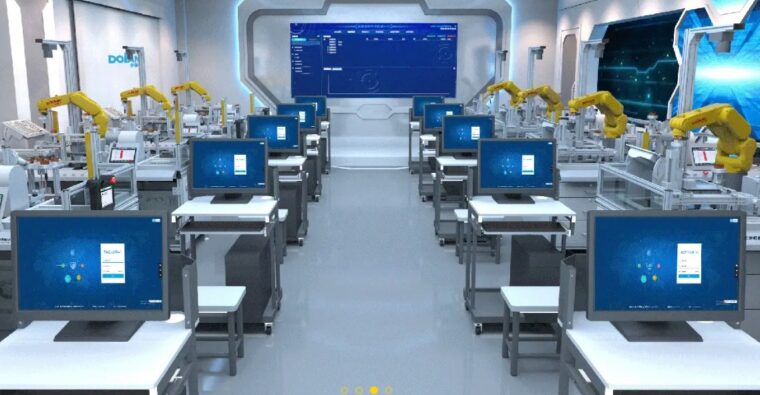Educational institutions across the globe have embraced technology to enrich student learning and performance outcomes. From interactive whiteboards to robots and coding programs, educational training equipment has become increasingly sophisticated.
These tools are designed to create an engaging environment that stimulates problem-solving skills, encourages collaboration, and teaches real-world applications of knowledge. But how effective is this type of technology when it comes to enhancing student learning outcomes?
Effects on Standardized Testing Performance
The implementation of educational training equipment in the classroom can significantly improve scores on standardized tests. Students who are exposed to interactive tools such as robotics, digital software, and multi-dimensional simulations often achieve higher scores than their peers who do not use these types of tools.
This is attributed to the fact that educational technology provides students with more dynamic learning experiences which sharpens their critical thinking skills, improves their ability to process information quickly, and heightens their overall desire for knowledge acquisition.
Improving Vocational Education

Vocational education has long been viewed as an important component of a student’s overall educational experience. With the introduction of educational training equipment into this field, instructors can now better prepare students for more technical roles in the industry by providing them with hands-on lessons that apply directly to their profession rather than simply relying on theory.
Educational robots that teach students about manufacturing processes or virtual reality simulations that replicate complex engineering designs are just two examples of how modern technologies are improving vocational education today.
Creating Engaging Learning Environments
Interactive educational training equipment can also be used to create more engaging learning environments by introducing elements such as games or virtual scenarios into regular classroom activities.
Encouraging students to play together collaboratively with these tools helps foster social interactions which further enhances engagement levels within the classroom setting. In addition, introducing simulated projects or assessments gives students a sense of ownership over their work which builds confidence and promotes independent problem-solving.
Increasing Efficiency in Knowledge Transfer
Another benefit of incorporating technological tools into the classroom is improved efficiency during knowledge transfer. For instance, using computers or tablets instead of textbooks allows teachers to access relevant material in real-time while delivering lectures which cuts down on preparation time otherwise spent searching through texts manually looking for applicable information.
Additionally, online resources like videos or visual diagrams help keep pupils’ focus while allowing teachers to cover more ground faster without sacrificing accuracy or accuracy retention rates amongst learners.
Enhancing Student Achievement Through Technology Integration

By integrating technology into classrooms, students can gain essential job-readiness skills that prepare them for more than just traditional exams. With access to advanced platforms and resources, pupils can develop skills in communication, organization, product management, and data analysis – all of which contribute to their overall personal growth.
Moreover, since many kids already use devices such as laptops, tablet computers, and smartphones in everyday life outside school walls, this transition from in-class learning to the real world will be made much easier upon graduation.
It is clear that educational training equipment plays an important role in advancing the learning outcomes of today’s youth.
With this technology, students are not only able to improve their test scores and increase their vocational competency; but also create more engaging surroundings and increase teaching efficiency, thereby preparing them for life after graduation. This type of technology will only continue to gain popularity and efficacy within U.S schools as our global society continues to evolve.
